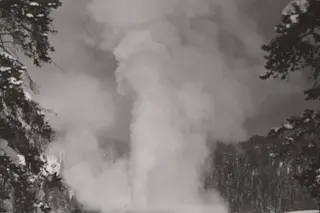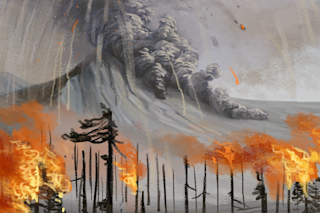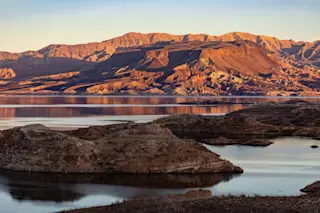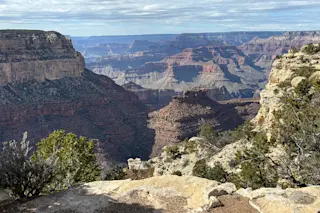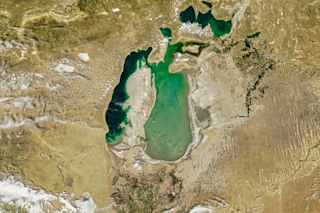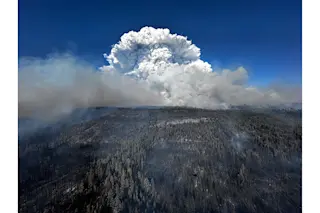A partnership between the National Park Service and Clemson University, the Open Parks Network has been digitizing photographs and documents from national and state parks since 2010. The photographs span well over a hundred years and include some of the nation's best-known parks — dating back to before there even was a National Park Service.
In honor of the 100th anniversary of the parks system, we picked out some of the best images from the collection. The pictures come from many states and many different time periods, and provide a glimpse into the ways we have enjoyed our bountiful natural resources over the years.


